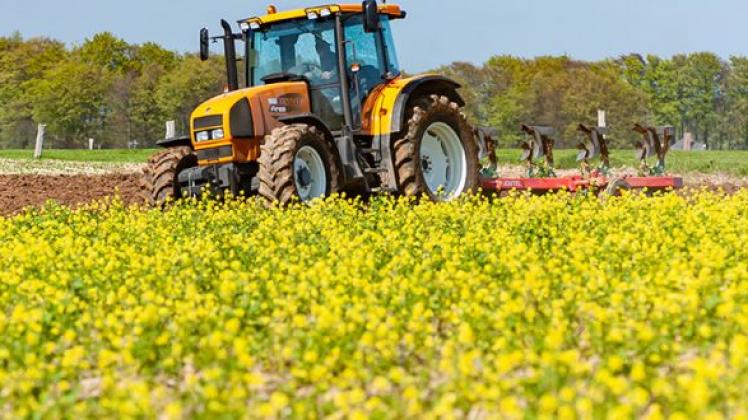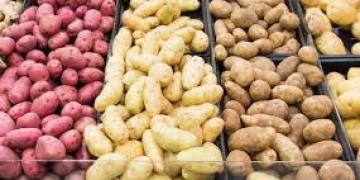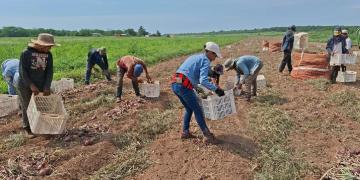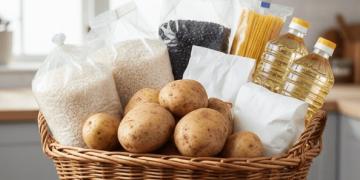Canadá (PEI): PEI POTATO GROWERS BET ON MUSTARD AND ARUGULA TO PREVENT PESTS AND IMPROVE SOIL
New research conducted on P.E.I. is using mustard and arugula to tackle pest problems in potato fields with a side benefit, farmers hope, of making the soil healthier at the same time.

The mustard in the field is called caliente rojo, and is specially bred to have high levels of glucosinolates, a natural component in many pungent plants including mustard, cabbage, and horseradish.
“In conventional mustards, they’re bred down so that they’re not quite as potent, but this is a variety that is specifically bred to have really high levels of those glucosinolates,” said Ryan Barrett, research and agronomy specialist with the P.E.I. Potato Board. “When we incorporate this mustard into the ground as a green manure, it acts as what we call a natural biofumigant,” Barrett said. “Through that, we’re releasing that chemical into the soil. When it combines with water, it makes a gas, and that gas helps to kill bad micro-organisms and diseases in the soil.”
Targeting Nematodes with Arugula
Barrett said there is just a small amount of arugula in the mix, but it has a very specific purpose, aimed at attracting nematodes.
“Nematodes like to feed on the roots of arugula, so a little bit of it is put in the mixture so that it grows at the bottom of the canopy, and the nematodes go to that,” Barrett said. “Then when we incorporate the mustard, those nematodes will be in that root zone where we’re incorporating. So they’ll be more exposed to the natural biofumigant gas.”
Barrett said the impact of the biofumigant is immediate, but also lasts for a couple of weeks. “The grower here won’t plant anything else for about two weeks in this field to let that biofumigant take full effect,” he explained. He added that this specific project started last year, with five fields across the Island, and those fields are in potatoes this year, and they’ve added another five fields, that will be in potatoes next year.
“Because last year was a dry year, that can throw off some of our field trials,” Barrett said. “If we’re doing things over multiple years, multiple parts of the province and multiple fields, we kind of spread that risk, and we hopefully get a better scientific understanding of what’s happening.”
Barrett said the ultimate goal is to give potato growers another tool in the toolbox — using crop rotation to manage some of the pests and diseases in their fields, including early dying disease. But he also said the mustard seed is costly, and the crop is also a lot of work, and needs to be incorporated into the soil at the right time.
“If the return is enough, there’ll be more growers that would look at doing it, particularly for some of their worst affected fields.” Barrett said researchers hope to have some preliminary results this fall.
Fuente: https://www.potatobusiness.com/agro-news/pei-potato-growers-bet-on-mustard-and-arugula-to-prevent-pests-and-improve-soil/




